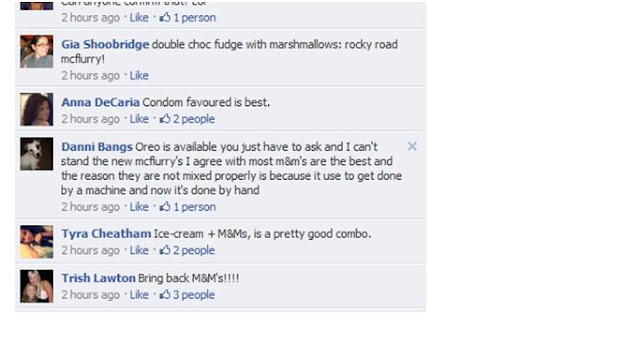Marketing Mag (October 2011) has an interesting article from Jo Macdermott, Beware the fake marketer. Number five on a list of 10 items on her list that a ‘real marketer will tick all the boxes’ is:
“They will have discussed social networking as a marketing tool”
This thought appealed to me, especially after seeing a few ‘me too’ campaigns where social media is almost just tacked on the end of the wider activity. In some ways what we do via social media, like advertising, is more like an adaptation of traditional media. However, the rich and engaging communication we can have with consumers via Facebook, Twitter, You Tube etc. has no equal in the offline environment (I must attribute this gem to something else I read somewhere too!).
Much discussion has been had about social media advertising – some predict it will decline and others see this as an area of significant growth. What happens here in the quickly evolving landscape that is social media remains to be seen.
One campaign that comes to mind at the moment as being one that has had a good try at using social media as part of the grand plan is the Macca’s Back By Popular Demand activity. The Facebook site is great, heaps happening like polls, comments questions etc. Offline activity like the in-store competition is integrated, consumers are being asked what they like about the new menu items. However, I had a better look at some of the question put out there by Maccas like :
Who's tried mixing up our new McFlurry flavours? We've heard that Caramel Sauce with Double Choc Fudge is a treat! Any other fave combo's?
This question was asked two hours ago and so far has generated over 160 comments including:
I think this really highlights the need to have a really well-resourced social media team if the aim is to use Facebook and other platforms to add value to the campaign. Not only has there been no acknowledgement of the suggestions, there is no response to the comment about ‘condom flavoured’ ice-cream (reference to a young child putting a used condom that they found in a Maccas playground in their mouth).
